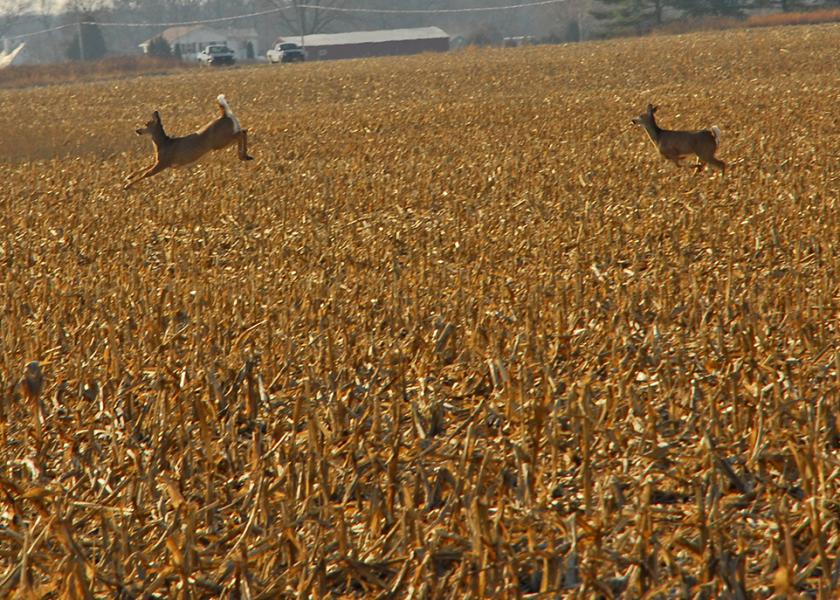Banker Index Declines but Stills Points to Economic Growth

For a third straight month, the Creighton University Rural Mainstreet Index (RMI) climbed above the growth neutral threshold, 50.0, according to the latest monthly survey of bank CEOs in rural areas of a 10-state region dependent on agriculture and/or energy.
Overall: The region’s overall reading in February remained above the growth neutral threshold. The February index declined to 50.1 from 53.8 in January. The index ranges between 0 and 100, with a reading of 50.0 representing growth neutral.
“The rural mainstreet economy continues to experience slow economic growth. Only 7.4% of bankers reported improving economic conditions for the month with 85.2% indicating no change in economic conditions from January’s slow growth,” states Creighton University’s Dr. Ernie Goss who conducts the survey.
Farming and ranching: The region’s farmland price index decreased to 63.5 from January’s 66.0. This was the 29th straight month that the index has advanced above 50.0. Farm equipment sales: As a result of solid farm financial conditions, the farm equipment-sales index stood at 52.1, which was down significantly from January’s much stronger 61.4. The index has risen above growth neutral for 25 of the last 27 months.
Ethanol: Not surprisingly, ethanol represents an important industry for the region, which contains 72.9% of the nation’s ethanol plants and accounted for 75.8% of U.S. ethanol capacity for 2022. Approximately 88.4% of bank CEOs reported having ethanol plants in their rural area. Roughly 91.3% of bankers with an ethanol plant in their economy indicated that it was an important industry for their local economy.
To meet President Biden’s CO2 reduction goal contained in his Inflation and Deficit Reduction Act, ethanol plants would be required to reduce their CO2 emissions by 40% by 2030. This will likely mean the capture and sequestration of the CO2 or the closure of a high share of the plants.
Bankers were asked for their position on the delivery of CO2 via pipelines for sequestration. Regarding the capture and sequestration of CO2 from ethanol plants in their area, approximately 63.0% of bankers support this process assuming adequate compensation to farms over which the pipelines cross. Approximately 23.1% of bankers expect that the use of imminent domain will be required to allow underground pipelines to cross farmland in their area.
Confidence: The slowing economy, higher borrowing costs and labor shortages continued to constrain the business confidence index to a weak 44.4, but up from 40.4 in January. “Over the past 11 months, the regional confidence index has fallen to levels indicating a very negative outlook,” says Goss.
The survey is an early snapshot of the economy of rural agriculturally and energy-dependent portions of the nation. The index covers 10 regional states, focusing on approximately 200 rural communities with an average population of 1,300.






